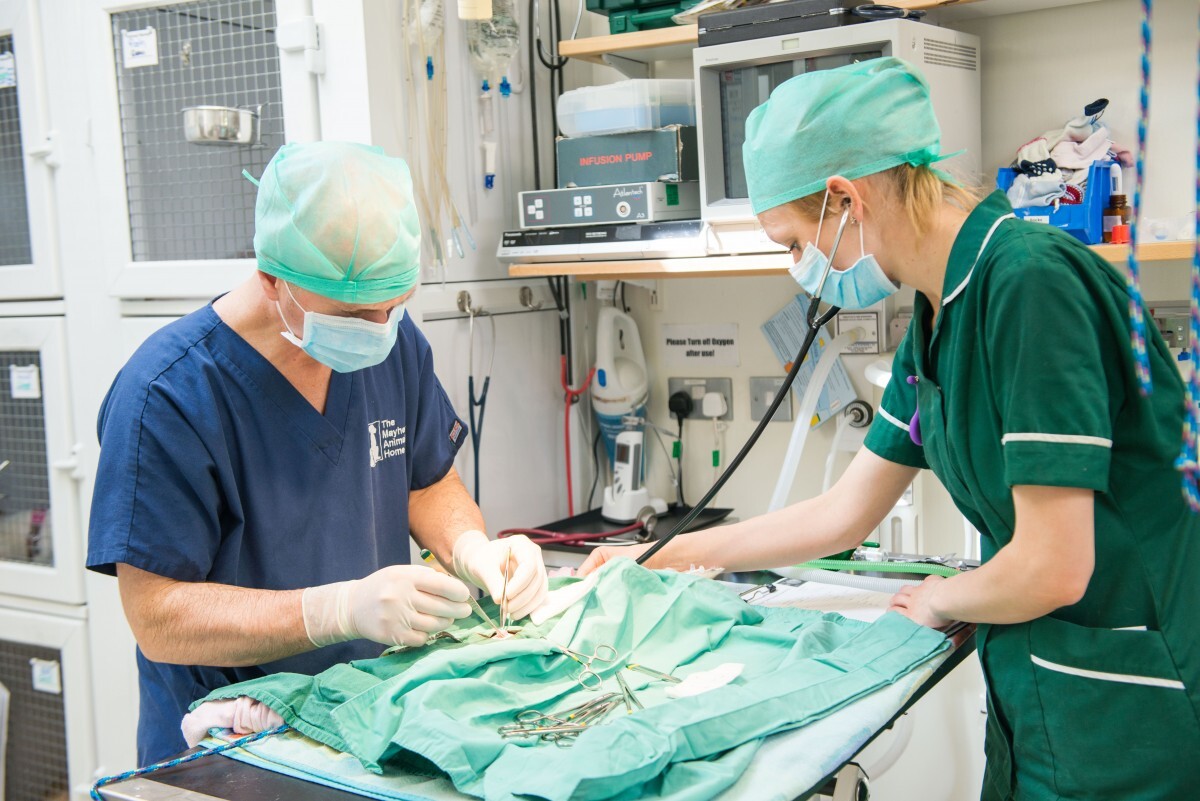I’ve been a vet for over thirty years, and in that time, I’ve become familiar with the basic template for a typical day in the life of a vet in companion animal practice. Of course, this varies from place to place, with a wide range of local variation. But there are certain truths about dealing with sick pets, and carrying out surgery, and these mean that structure of a vet’s day has to fit a certain pattern. My clinic has three vets on duty at any one time, so the day’s structure is based on this number: other clinics may have more or fewer vets, with roles adjusted accordingly.
A typical vet clinic opens between 8 and 9am. This quieter period is often a time when the day’s surgical patients are admitted to the clinic for their upcoming surgery. Vets may not be directly involved with these admissions: support staff, including veterinary nurses, are often at the clinic earlier than vets to do this.
So the vets arrive shortly before 9am. At our clinic, there is an initial “rounds” session, where all the vets in the building gather, with all the nurses present too. Every case in the hospital is checked as a team, with its progress and plans being discussed. We have a second “rounds” at lunchtime, and the discipline is a useful way of ensuring that everyone is aware of the complex cases that often play a part in our daily lives. After the morning rounds, the veterinary team splits into two work streams.
First, the behind-the-scenes vet.
Who’s charged with dealing with all in-hospital cases?
This means checking all hospitalised sick pets, and then carrying out the morning’s operations. The list could include routine spays and neuters, tumour removals, orthopaedic repairs and then procedures like dentistry. This vet’s morning involves working through the list of operations, which in our clinic are written up on a white board. As each procedure is completed, it’s ticked off: it generally takes four hours of steady work to finish this list, with the aim to finish up around 1pm, in time for lunch.
Second, the consulting vets.
Whose job is to see the members of the public as they arrive with their pets for veterinary consultations?
In our clinic, we allow fifteen minutes for each consultation, and we work by appointment only. Many vet clinics work with shorter time periods: ten minutes is typical. We monitor how long our clients are kept waiting: the average is currently twelve minutes, but if this became unduly long, we’d have to review the length of our routine appointments.
The consulting vet finishes appointments around midday, and there are usually follow up phone calls as well as some in-house procedures (such as blood tests) to be done, so it’s around 1pm when they’re finished for lunch.
So both veterinary streams – operating and consulting – aim to finish up around 1pm for lunch.
The afternoon/ evening work streams merge into one
All the vets in the building carry out consultations with the public.
We have two sessions: first, 2.30pm till 4.30pm, and then 5pm till 7pm. Again, each appointment lasts 15 minutes. There are some issues that we know are going to take more time (e.g. new puppies or euthanasia’s), and these cases are given double time slots to allow for this. There are sometimes urgent procedures that need to be done – minor stitch-ups, x-rays or blood samples – and these are usually fitted in as needed. There’s always the possibility of blocking off a few appointments to allow a longer period of time for such events.


